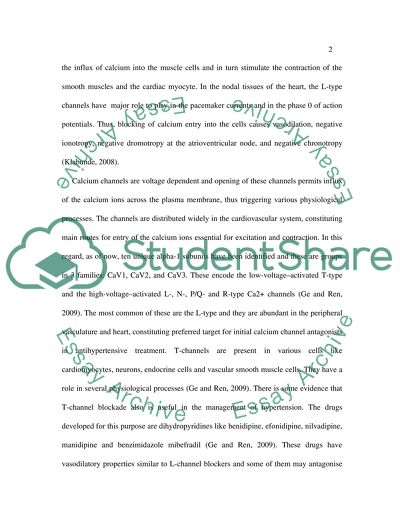Cite this document
(“Why are L-type calcium channels valid targets for the treatment of Essay”, n.d.)
Retrieved from https://studentshare.org/health-sciences-medicine/1414594-why-are-l-type-calcium-channels-valid-targets-for
Retrieved from https://studentshare.org/health-sciences-medicine/1414594-why-are-l-type-calcium-channels-valid-targets-for
(Why Are L-Type Calcium Channels Valid Targets for the Treatment of Essay)
https://studentshare.org/health-sciences-medicine/1414594-why-are-l-type-calcium-channels-valid-targets-for.
https://studentshare.org/health-sciences-medicine/1414594-why-are-l-type-calcium-channels-valid-targets-for.
“Why Are L-Type Calcium Channels Valid Targets for the Treatment of Essay”, n.d. https://studentshare.org/health-sciences-medicine/1414594-why-are-l-type-calcium-channels-valid-targets-for.


